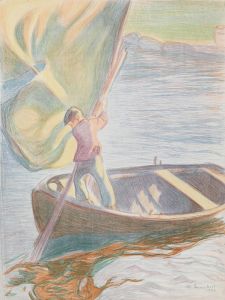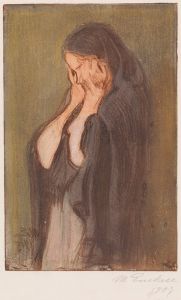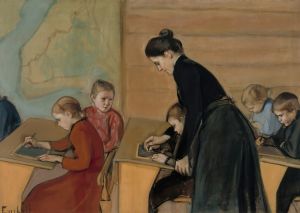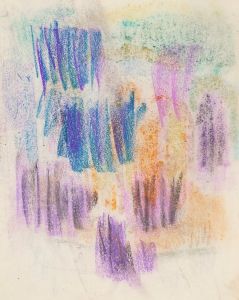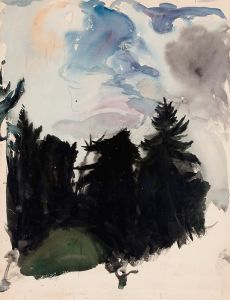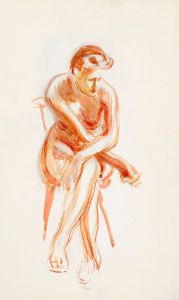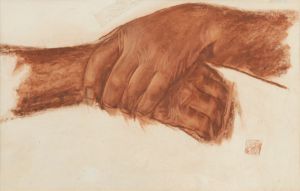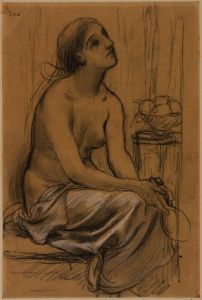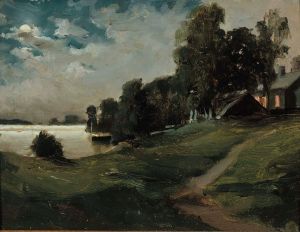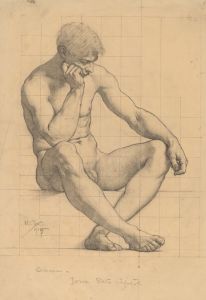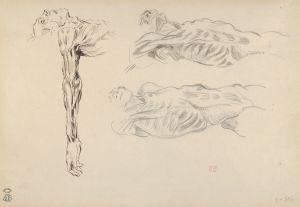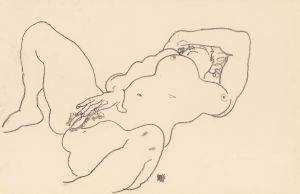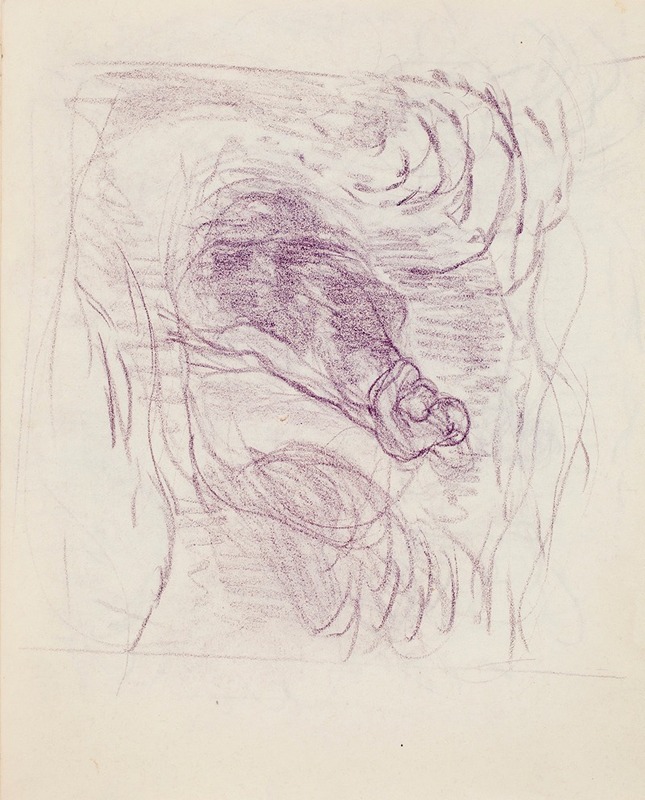
Hahmo, luonnos
A hand-painted replica of Magnus Enckell’s masterpiece Hahmo, luonnos, meticulously crafted by professional artists to capture the true essence of the original. Each piece is created with museum-quality canvas and rare mineral pigments, carefully painted by experienced artists with delicate brushstrokes and rich, layered colors to perfectly recreate the texture of the original artwork. Unlike machine-printed reproductions, this hand-painted version brings the painting to life, infused with the artist’s emotions and skill in every stroke. Whether for personal collection or home decoration, it instantly elevates the artistic atmosphere of any space.
Magnus Enckell was a Finnish symbolist painter, born on November 9, 1870, in Hamina, Finland. He is considered one of the most significant Finnish artists of the late 19th and early 20th centuries. Enckell was a central figure in the Finnish art scene and played a crucial role in the transition from traditional to modern art in Finland. His works are known for their exploration of symbolism, use of color, and depiction of the human form.
"Hahmo, luonnos" is a work by Magnus Enckell, which translates to "Figure, Sketch" in English. As the title suggests, this piece is a sketch, which indicates that it may have been a preliminary study or an exploration of form and composition. Enckell often used sketches as a way to experiment with ideas and refine his techniques before committing to a final piece.
Enckell's artistic style evolved significantly throughout his career. Initially, he was influenced by the Symbolist movement, which is characterized by its use of metaphorical imagery and themes of mysticism and the inner world. This influence is evident in many of his works, where he often depicted dreamlike scenes and figures imbued with symbolic meaning. His early works are marked by a subdued color palette and a focus on the spiritual and emotional aspects of his subjects.
In the early 1900s, Enckell's style began to shift towards a more vibrant use of color and a greater emphasis on light. This change was partly influenced by his travels to Paris and Italy, where he was exposed to new artistic movements and techniques. Despite these changes, Enckell maintained his interest in the human figure and continued to explore themes of introspection and the human psyche.
"Hahmo, luonnos" likely reflects Enckell's ongoing exploration of the human form and his interest in capturing the essence of his subjects. As a sketch, it may not have the same level of detail or finish as his completed paintings, but it provides insight into his creative process and the development of his ideas.
Enckell's contribution to Finnish art extends beyond his own works. He was an influential teacher and mentor to many younger artists and played a key role in the establishment of the November Group, an association of Finnish artists who sought to promote modern art in Finland. His legacy is evident in the continued appreciation of his work and his impact on the development of modern art in Finland.
Magnus Enckell passed away on November 27, 1925, in Stockholm, Sweden. His works remain an important part of Finnish cultural heritage and continue to be studied and admired for their artistic and historical significance. "Hahmo, luonnos" is a testament to Enckell's skill as an artist and his ability to capture the complexity of the human experience through his art.





